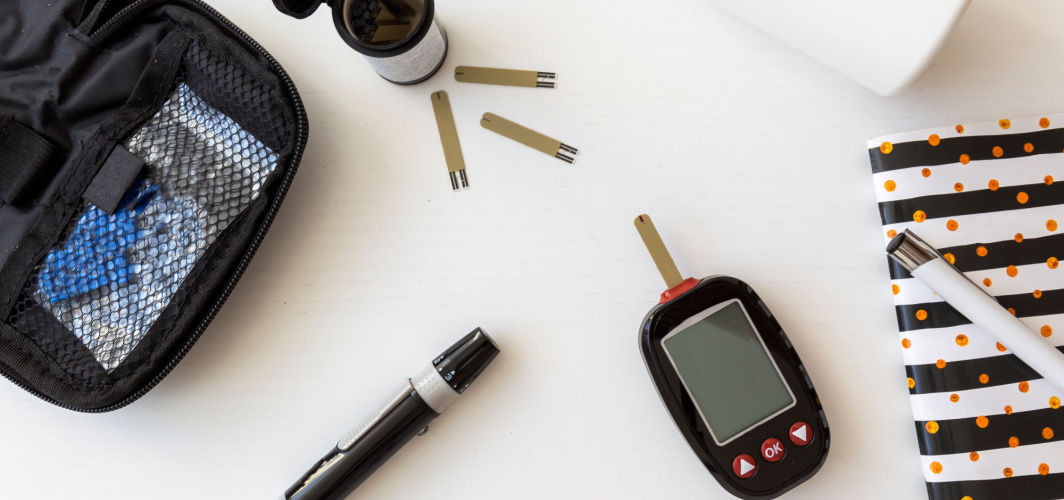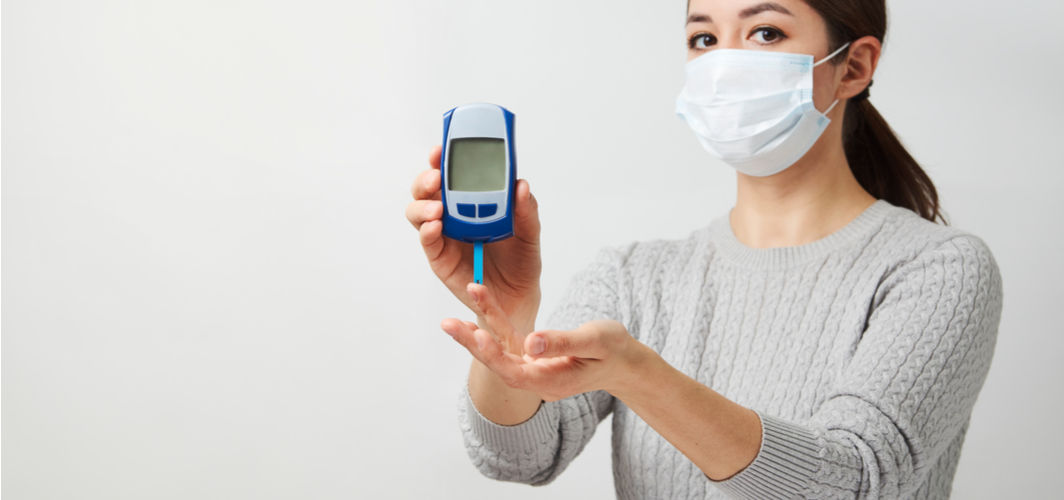Diabetes Management
How Does Vitamin D Benefit People with Diabetes?
5 min read
By Apollo 24/7, Published on - 09 October 2020, Updated on - 13 September 2023
Share this article
7
11 likes

What is insulin sensitivity?
What is Vitamin D?
- Vitamin D3 (cholecalciferol). Primarily found in some animal foods
- Vitamin D2 (ergocalciferol). Mostly present in some plants, mushrooms, and yeasts
How does Vitamin D impact diabetes management?
-
Positively impacts the secretion of insulin
-
Improves insulin sensitivity
What are the other benefits of Vitamin D?
-
Promotes weight loss
-
Regulates appetite
-
Reduces belly fat
How to get Vitamin D?
What is the recommended dietary intake of vitamin D?
- 400 IU (10 mcg): infants, 0–12 months
- 600 IU (15 mcg): children and adults, 1–70 years old
- 800 IU (20 mcg): older adults and pregnant or breastfeeding women
Is Vitamin D supplementation safe?
Conclusion
Diabetes Management
Leave Comment
Recommended for you

Diabetes Management
Celebrate Diwali While Keeping Your Blood Sugar In Control!
With these tips, you can enjoy the festival of Diwali while keeping a check on your blood sugar levels.

Diabetes Management
A Step-By-Step Guide To Using A Glucometer
Regular blood sugar monitoring is crucial for effective diabetes management. Glucometers, portable devices that measure blood glucose levels at home, offer convenience. To use a glucometer, start by gathering necessary supplies: soap or alcohol prep pads, test strips, a lancing device with a new lancet, and a notepad or smartphone app to record results. Follow these steps: clean your hands, turn on the glucometer, prick your fingertip, apply blood to the test strip, stop bleeding, and record the results.

Diabetes Management
How Can Diabetes Patients Boost Immunity During COVID-19?
Diabetes patients can boost immunity by maintaining good blood sugar control, adopting a healthy and balanced diet, getting regular exercise, prioritizing quality sleep, managing stress levels, practicing good hygiene, receiving recommended vaccinations on time, and staying connected with healthcare providers for guidance and support.
Subscribe
Sign up for our free Health Library Daily Newsletter
Get doctor-approved health tips, news, and more.
Visual Stories

8 Fruits That are Incredibly Healthy for Diabetes
Tap to continue exploring
Recommended for you

Diabetes Management
Celebrate Diwali While Keeping Your Blood Sugar In Control!
With these tips, you can enjoy the festival of Diwali while keeping a check on your blood sugar levels.

Diabetes Management
A Step-By-Step Guide To Using A Glucometer
Regular blood sugar monitoring is crucial for effective diabetes management. Glucometers, portable devices that measure blood glucose levels at home, offer convenience. To use a glucometer, start by gathering necessary supplies: soap or alcohol prep pads, test strips, a lancing device with a new lancet, and a notepad or smartphone app to record results. Follow these steps: clean your hands, turn on the glucometer, prick your fingertip, apply blood to the test strip, stop bleeding, and record the results.

Diabetes Management
How Can Diabetes Patients Boost Immunity During COVID-19?
Diabetes patients can boost immunity by maintaining good blood sugar control, adopting a healthy and balanced diet, getting regular exercise, prioritizing quality sleep, managing stress levels, practicing good hygiene, receiving recommended vaccinations on time, and staying connected with healthcare providers for guidance and support.